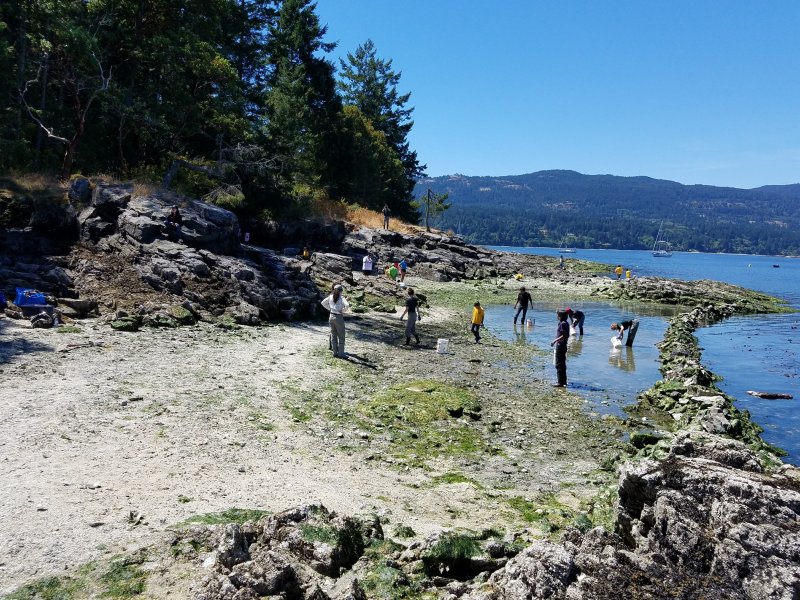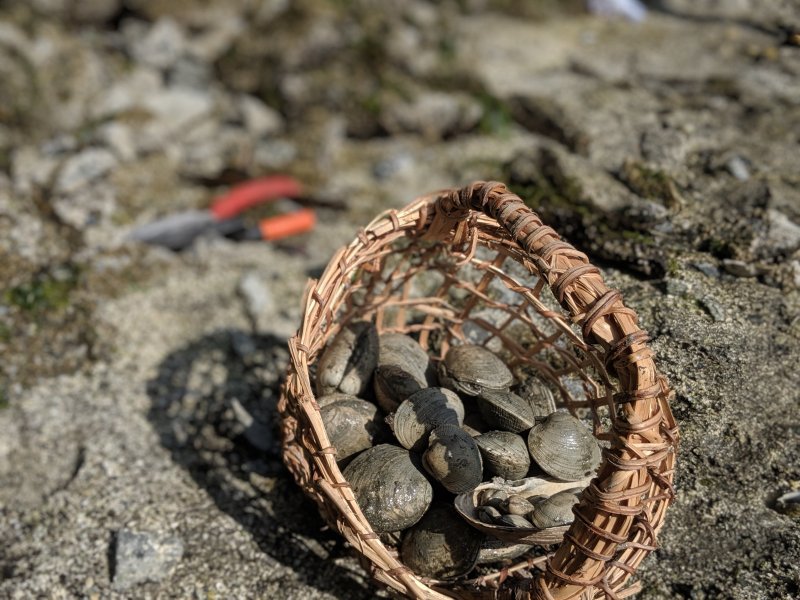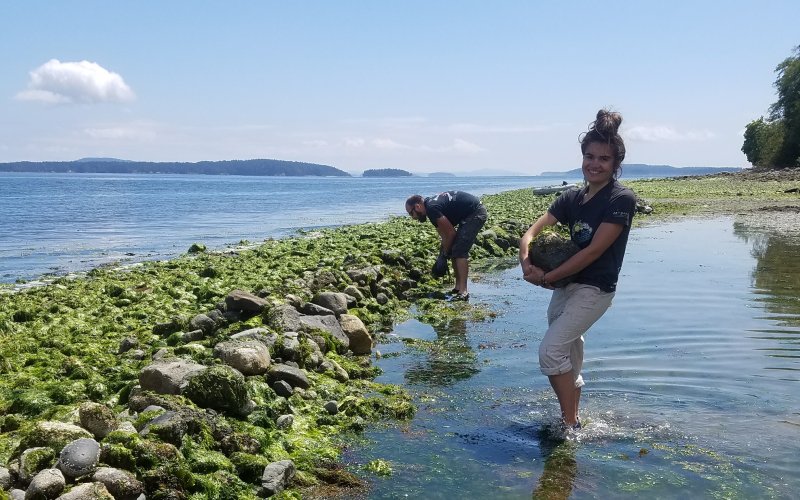Western Washington University to partner in $30M NSF Center for Braiding Indigenous Knowledges and Science
Bellingham, WA – Researchers from Western Washington University (WWU) will be partners in the newly announced NSF Center for Braiding Indigenous Knowledges and Science (CBIKS) – a five-year, $30 million international NSF Science and Technology Center based at the University of Massachusetts Amherst. The center will focus on connecting Indigenous knowledges with mainstream “Western” sciences to address some of the most pressing issues of our time in a new way.
The center will work on complex, evolving challenges brought on by climate change, including dire impacts affecting land, water, plant and animal life; the danger posed to irreplaceable archaeological sites, sacred places and cultural heritage; and the challenges of changing food systems, all of which disproportionately affect Indigenous communities.
WWU Associate Professor of Environmental Sciences and Pew Marine Fellow, Marco Hatch, will serve as co-lead for the Pacific Northwest Hub and lead a place-based study on clam gardens in the Salish Sea. CBIKS will support Hatch’s ongoing efforts with Indigenous communities to identify, understand and restore clam gardens from the Salish Sea to Alaska.
“The Center for Braiding Indigenous Knowledges and Science represents a fundamental shift in whose voices and knowledges are heard and have authority in spaces that frequently privilege academic knowledge,” says Hatch. “By uplifting and celebrating practitioners we will center community-led restoration. CBIKS will span the boundary between Indigenous Knowledges and mainstream science. Using the braided approach, the Pacific Northwest Hub will foster equitable partnerships with communities.
“Through the combination of knowledge systems we will open new discovery space to address our shared environmental issues. Graduate students supported on this project will be supported in my lab and through the network as they use ‘two-eyed seeing’ in their research,” Hatch added.
CBIKS takes a transdisciplinary approach
CBIKS will use community-based research to undertake place-based studies and projects in partnership with institutions and 57 Indigenous communities in eight international “hubs” in the U.S., Canada, Aotearoa New Zealand and Australia. The center’s team of over 50 scientists — including more than 30 of the world’s leading Indigenous natural, environmental and social scientists, representing Native American, First Nations, Métis, Native Hawaiian, Alaska Native, Māori and Aboriginal Australian peoples — will work cross-culturally, involving Indigenous community members and scientific researchers.
Among the 40 partner organizations are 29 universities, two tribal colleges, five NGOs, two national museums and two industry partners, and CBIKS intends to grow these partnerships to include additional Indigenous community partners and more regional hubs.
CBIKS will be led by a PI team that includes Sonya Atalay, provost professor of anthropology at UMass Amherst; Ora Marek-Martinez, assistant professor of anthropology and associate vice president of Native American Initiatives at Northern Arizona University; Bonnie Newsom, associate professor of anthropology at the University of Maine; and Jon Woodruff, UMass Amherst professor of earth, geographic and climate sciences.
WWU and CBIKS
Dean of WWU’s College of the Environment Teena Gabrielson said, “It is incredibly exciting to see Dr. Marco Hatch’s hard work and innovative approach recognized with this prestigious NSF grant. The CBIKS grant will create innumerable opportunities for graduate and undergraduate students and faculty by positioning Western’s College of the Environment within an incredible and far-reaching network of partners. All these partners are committed to growing the intersection of traditional science and Indigenous knowledges to advance ecologically and culturally sustainable communities.”
Gabrielson added, “When combined with Dr. Hatch’s dedication to students and community, the support provided by this grant opens up the opportunity for transformational change.”
Upon the completion of the initial five-year award, the center will be eligible to receive further funding from the NSF to continue its mission, one which Gabrielson says is critical to Earth’s future and to ethical science practices.
More information about CBIKS, including lists of partner institutions, researchers and Indigenous communities, can be found at www.umass.edu/gateway/research/indigenous-knowledges
About the NSF Science and Technology Centers Integrative Partnerships
The NSF Science and Technology Centers Integrative Partnerships program has supported research in areas of national importance since 1987. Science and Technology Centers (STCs) focus on establishing new scientific disciplines and developing transformative technologies that have the potential for broad impacts on science and society. The centers will shine light on emerging STEM fields to develop a globally competitive STEM infrastructure and conduct outreach to inform the public of breakthrough science. CBIKS, the first STC to be based at UMass Amherst, is one of five new STCs announced by the NSF.
"Scientific discovery is the engine that drives human progress and underlies all of the technologies that we benefit from today," said NSF Director Sethuraman Panchanathan. "NSF's Science and Technology Centers enable our most creative scientists and engineers to open new vistas of scientific inquiry and make the discoveries that will keep the U.S. in the forefront of scientific discovery. I am delighted to see the impressive originality in ideas and approaches in these new STCs and know they will have a tremendous impact."
In addition to research, the center has an important educational mission to train postdoctoral researchers and graduate research assistants, many at minority-serving institutions. Its Indigenous Science Scholarship Program and Study Abroad Program will provide undergraduates and Indigenous community members with research experience in braiding Indigenous and Western science, while Indigenous Science camps and after-school programs will provide place-based learning experiences for K-12 students.
The Smithsonian National Museum of the American Indian and National Museum of Natural History are key partners who will assist in Indigenous science education efforts and trainings and workshops on braiding Indigenous and Western sciences will be developed for government agencies and museum scientists. The center will also braid art into its STEM research, as well, such as with Indigenous Science Theater performances by Native artist groups led by the Anishinaabe Theater Exchange.
Media contacts
Marco Hatch, Associate Professor of Environmental Sciences, WWU, marco.hatch@wwu.edu
Jonathan Higgins, Director of WWU Communications, jonathan.higgins@wwu.edu


